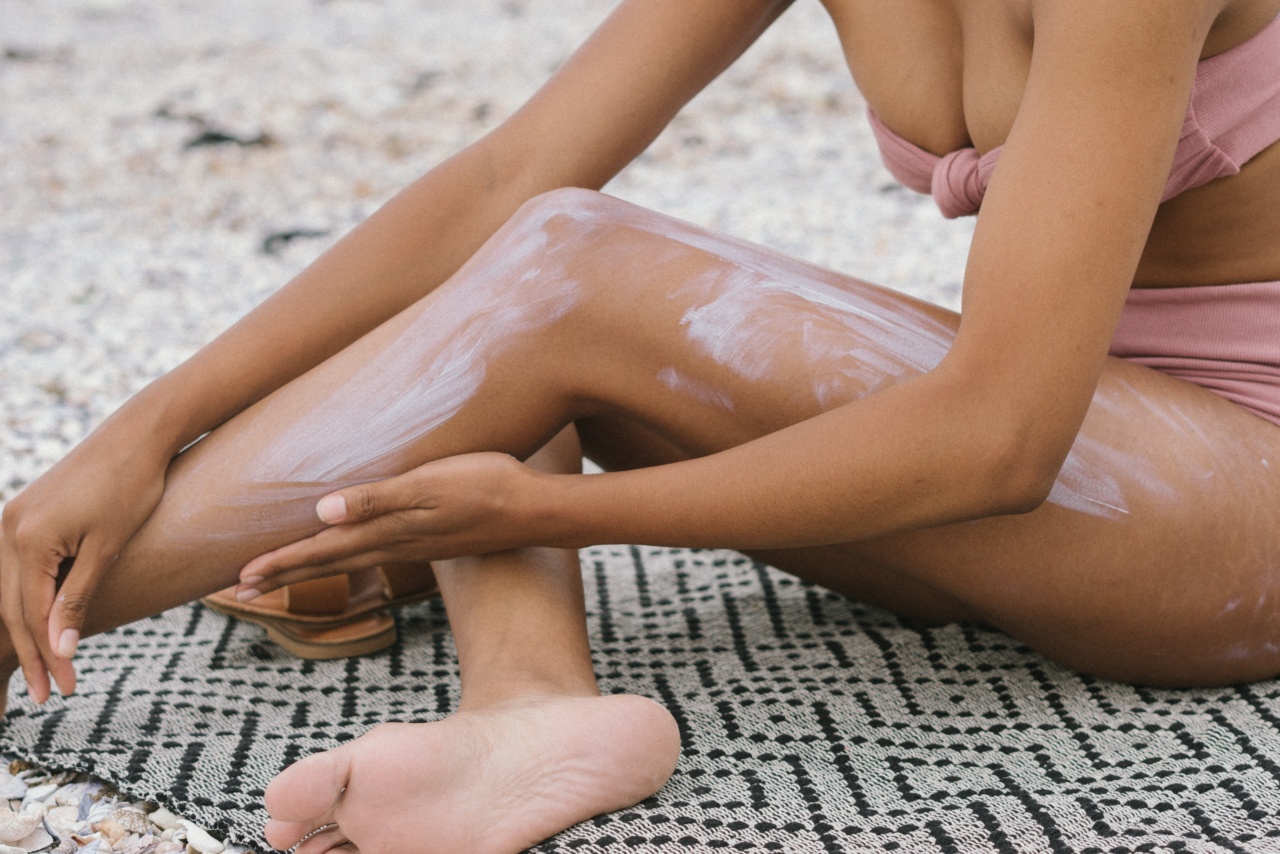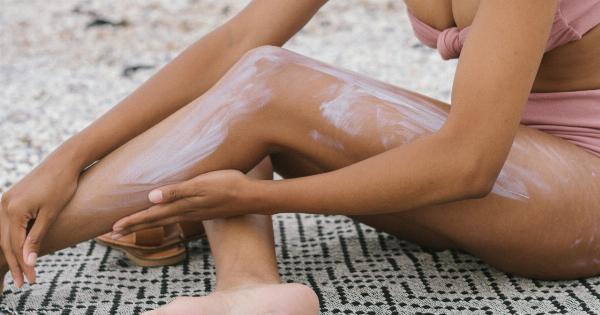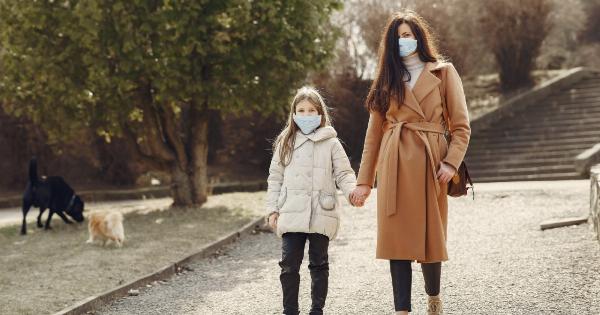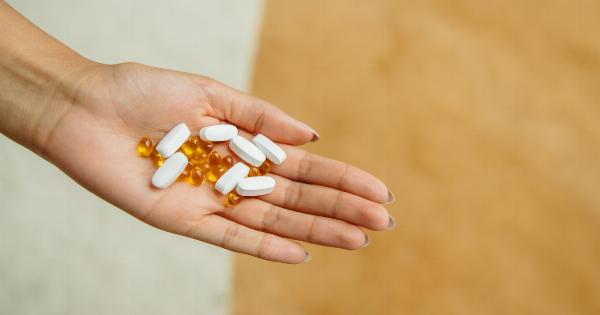Summer is a season that many people look forward to. It’s a time for outdoor activities, beach vacations, and enjoying the warm weather. However, for some individuals, summer can also bring unpleasant skin rashes.
These rashes can be itchy, painful, and even embarrassing. In this article, we will explore the causes and symptoms of summer skin rashes and provide tips on how to prevent and treat them effectively.
1. Heat Rash
One of the most common types of summer skin rashes is heat rash, also known as prickly heat or miliaria. Heat rash typically occurs when our sweat glands become blocked, leading to the inability to release sweat properly.
This blockage causes a buildup of sweat under the skin, leading to red, itchy bumps or blisters.
Heat rash is often seen in areas of the body that are prone to sweating and friction, such as the neck, chest, underarms, and groin. It can be particularly common in infants and young children, as their sweat glands are still developing.
2. Sunburn
Sunburn is another common summer skin problem that can lead to rashes. When our skin is exposed to excessive sunlight, it can become burned and irritated. This can result in redness, pain, and sometimes the formation of blisters.
It’s important to remember that sunburn can occur even on cloudy days or when spending time outdoors in shaded areas.
Protecting your skin by wearing sunscreen, hats, and appropriate clothing can significantly reduce the risk of sunburn and subsequent rashes.
3. Allergic Reactions
Summer also brings exposure to various allergens that can trigger allergic reactions and result in skin rashes. Common allergens include pollen, insect bites or stings, certain plants, and even certain foods.
These allergic reactions can manifest as hives, redness, swelling, and itching on the skin. It is important to identify the specific allergen causing the reaction and take steps to avoid further exposure.
4. Contact Dermatitis
Contact dermatitis refers to skin inflammation caused by contact with certain irritants or allergens.
During summer, frequent exposure to irritants like chlorine in swimming pools, harsh detergents used in summer clothing, or even certain plants like poison ivy can lead to contact dermatitis.
Contact dermatitis can cause redness, itching, and in severe cases, blistering of the skin. It is important to identify the specific triggers and avoid contact with them as much as possible.
5. Insect Bites
Summer is also a season when insects such as mosquitoes, ticks, and fleas are most active. Their bites can result in itchy, red bumps that may sometimes develop into rashes.
Bites from certain insects, like mosquitoes or ticks, can also transmit diseases such as West Nile virus or Lyme disease.
It is important to protect yourself from insect bites by using insect repellents, wearing protective clothing, and avoiding areas where insects are abundant.
6. Excessive Sweating
In hot and humid weather, your body tends to produce more sweat as a mechanism to cool down. However, excessive sweating can lead to skin irritation and rashes.
The combination of sweat, friction, and bacteria can create an ideal environment for skin rashes to develop.
To prevent excessive sweating, it is important to wear loose-fitting, breathable clothing made of natural fibers such as cotton. Keeping the skin clean and dry can also help prevent skin rashes caused by excessive sweating.
7. Prickly Heat
Prickly heat, also known as sweat rash, occurs when sweat gets trapped in the skin’s surface. This can happen due to tight clothing or excessive sweating.
The trapped sweat causes a blockage of the sweat ducts, resulting in itchiness, redness, and the formation of small bumps or blisters.
To prevent prickly heat, it is important to wear loose, lightweight clothing, especially during hot and humid days. Taking frequent cool showers and remaining in well-ventilated areas can also help prevent the occurrence of prickly heat.
8. Eczema
While eczema can occur at any time of the year, it often worsens in summer due to heat and increased sweating. Eczema is a chronic skin condition characterized by dry, itchy, and inflamed skin.
Summer can exacerbate eczema symptoms due to excessive sweating, exposure to chlorine in pools, or prolonged contact with sand and saltwater.
Proper moisturization, avoiding triggers, and wearing breathable clothing can help manage and prevent eczema flare-ups during the summer months.
9. Fungal Infections
Fungal infections thrive in hot and humid conditions, making them more common in summer. Areas prone to fungal infections include the feet (athlete’s foot), groin (jock itch), and other areas where skin rubs together.
Fungal infections can cause redness, itching, and the formation of blisters or scales. Keeping these areas clean and dry, wearing breathable fabrics, and using antifungal powders or creams can help prevent and treat fungal infections.
10. Prolonged Water Exposure
Whether it’s spending time in pools, oceans, or lakes, prolonged water exposure can disrupt the natural balance of your skin. This can lead to dryness, itchiness, and the development of summer rashes.
To minimize the risk of these rashes, it is important to rinse off with clean water after swimming, moisturize the skin regularly, and avoid spending excessive time in chlorinated or heavily treated pools.
Summer skin rashes can be uncomfortable and sometimes even painful. By understanding the causes and symptoms, you can take preventive measures and treat the rashes effectively.
Follow our tips to enjoy a rash-free summer and keep your skin healthy and vibrant.































